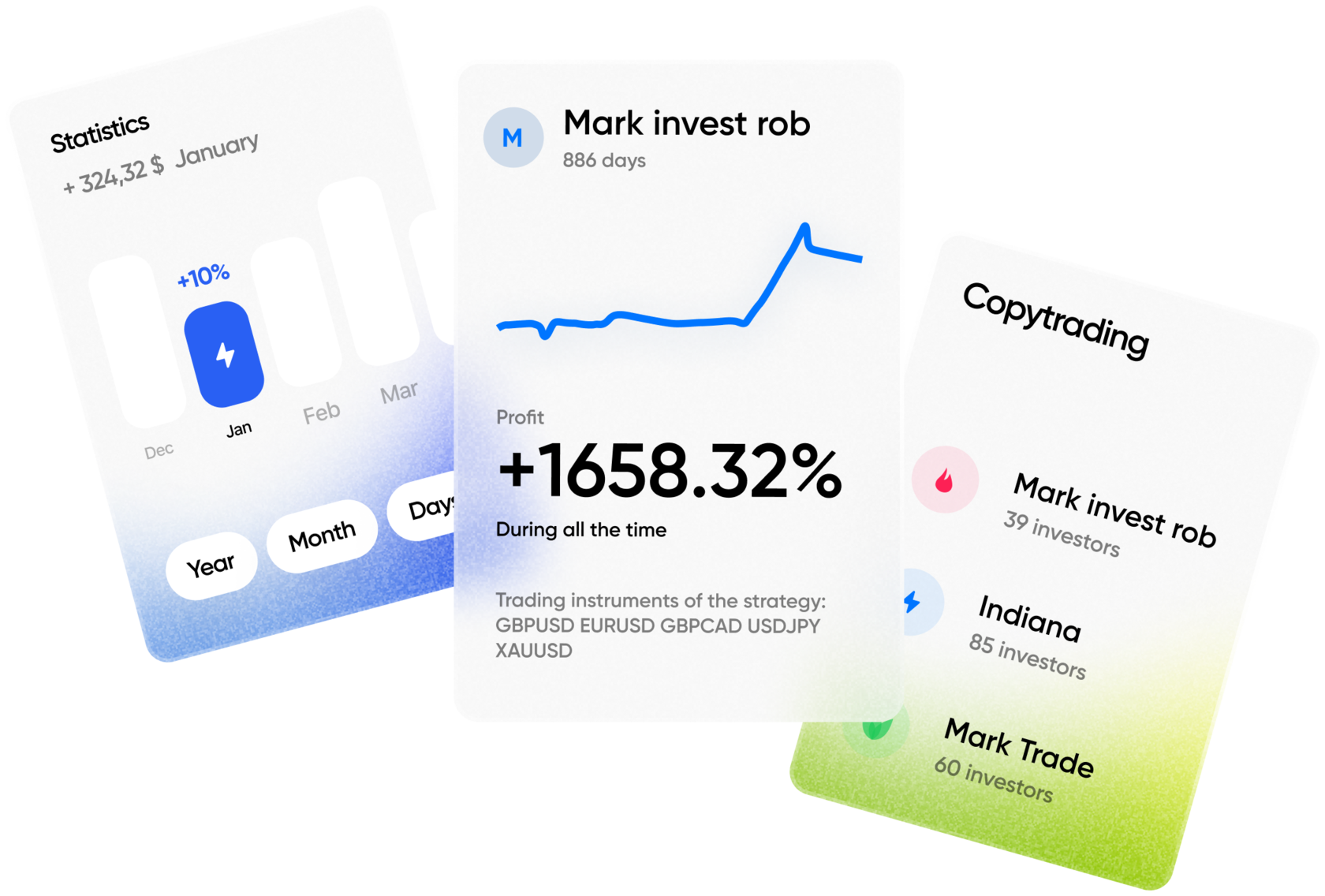Weak demand and record-high oil production levels in the United States could lead to an oversupply in the global oil market of approximately 600,000 barrels per day (bpd) this year. The International Energy Agency (IEA) provided this data in a recent report cited by Reuters. The surplus continues despite ongoing sanctions by the United States against major oil exporters, including Russia and Iran.
U.S. oil production is currently at historic highs. The IEA forecasts that the U.S. will become the primary source of global oil supply growth in 2025. Recent data from the Energy Information Administration (EIA) confirms that daily production levels have reached nearly 13 million barrels. This figure surpasses previous production peaks recorded in late 2024.
The agency also notes potential additional oversupply from OPEC+ countries. Recently, OPEC+ announced it would ease existing production restrictions starting in April. This decision could add another 400,000 bpd to the already growing surplus. Key OPEC+ members, including Saudi Arabia and the UAE, have already signaled increased production capacities for the coming months.
Earlier this year, the IEA projected a lower surplus—around 500,000 bpd—as calculations from Reuters indicated. However, the agency revised its outlook due to continued slowdowns in global oil demand. It now expects global demand growth in 2025 to be about 70,000 barrels per day lower than previously predicted in February. The updated estimate sets the demand increase at roughly 1.03 million bpd.
Asia will account for about 60% of the global demand growth, led predominantly by China. Other major contributors to the increase include India, South Korea, and several Southeast Asian countries. However, weaker-than-expected economic performance in Europe and North America is limiting demand growth outside Asia.
In Europe, oil consumption remains stagnant amid slow economic growth, particularly in Germany, Italy, and France. High energy prices continue to weigh on consumer spending, dampening gasoline and diesel consumption. In North America, fuel demand has softened due to increased adoption of electric vehicles and higher fuel efficiency standards for new automobiles.
Inventory levels of crude oil and petroleum products in OECD countries have steadily risen since the beginning of 2025. U.S. crude oil inventories, for example, grew by approximately 4.5 million barrels in the last week alone, according to EIA data. Commercial stockpiles across major oil-consuming nations remain significantly above the five-year average.
Russia, despite sanctions, continues to supply notable volumes of crude oil to global markets, primarily targeting buyers in Asia. India and China have notably increased imports of Russian crude this year, purchasing at significant discounts. Iranian oil exports have also risen modestly, further contributing to the global supply.
Latin American oil producers such as Brazil and Guyana have reported increased production volumes as new offshore fields enter operation. Brazilian state-owned oil company Petrobras recently reached new production milestones from its offshore pre-salt deposits. Guyana’s offshore oil output, operated by ExxonMobil, also continues to expand, contributing further to global supply growth.
The ongoing global oil surplus has caused downward pressure on benchmark crude prices. Brent crude oil, the global benchmark, recently traded below $75 per barrel, its lowest level in more than three months. Similarly, West Texas Intermediate (WTI), the primary U.S. benchmark, has fallen below $70 per barrel.

 All posts
All posts


 All posts
All posts